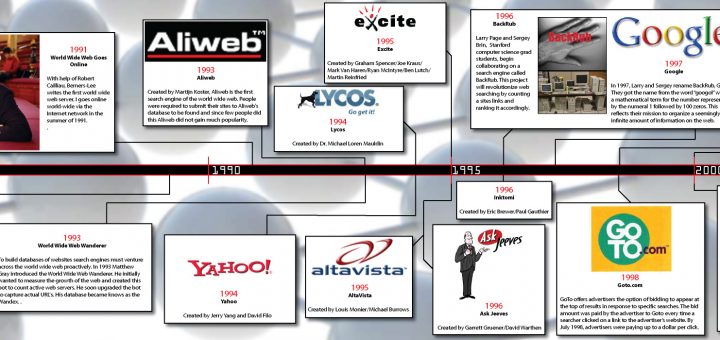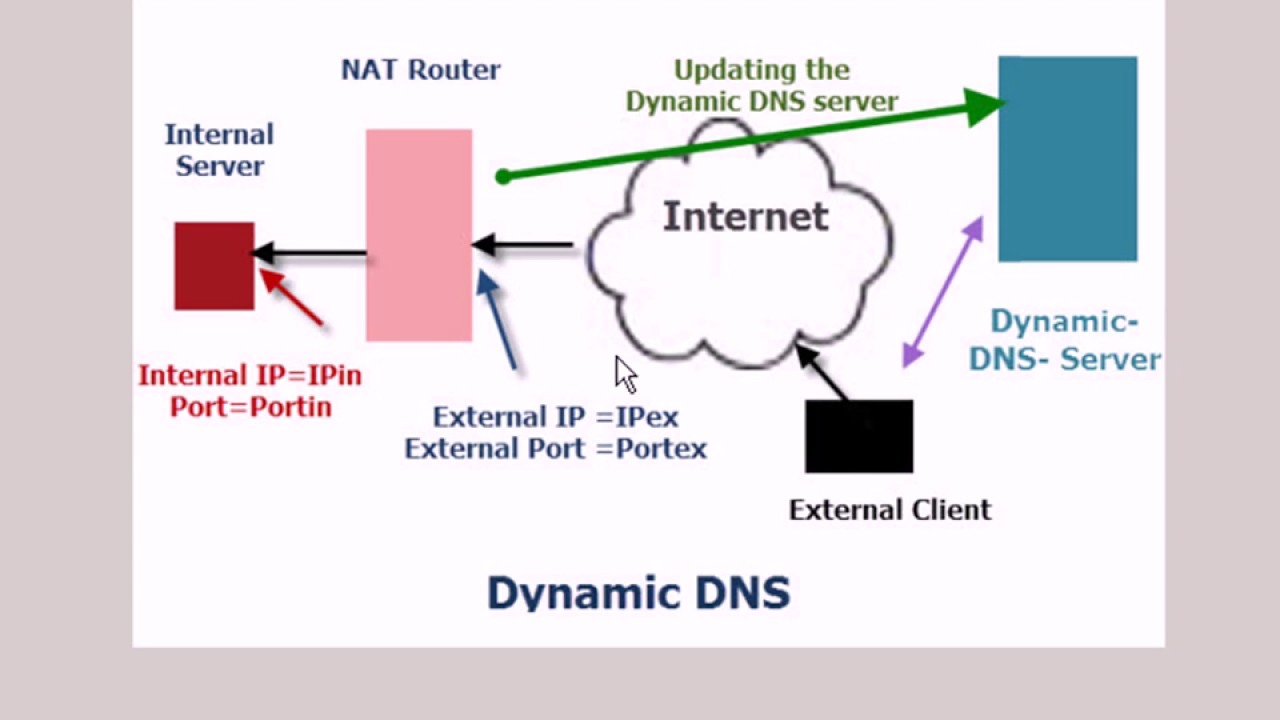
FTP Server Secure
A secure ftp uses a combination protocol to provide authentication, encryption and data integrity. It also provides password management and access controls. It's a top-end solution that is used by organizations and businesses who need to share sensitive data securely.
FTP Vulnerabilities & Mitigation
Data can be easily intercepted in a network using techniques such packet sniffing. By reading network packets, cyber-criminals can extract usernames and passwords of users who are downloading files from a file transfer server.
To protect the ftp server of your company, you should create a firewall which restricts access to the server to specific IP addresses. You can also automatically blacklist incoming traffic from sources that are suspicious. This can prevent the introduction of Denial-of Service attacks.
In order to protect your information from hackers, it is important that you use an encrypted connection when transferring files between clients and servers. This can either be done by enabling SSL and TLS in your ftp or by configuring FTPS so that explicit encryption is required.

Encryption, the most important part of ftp protection, is crucial to protect your sensitive company information from loss, theft or misuse. This is especially important for networks that comply with federal compliance requirements such as PCI DSS & HIPAA.
The encryption algorithm should be based either on the Advanced Encryption Standard, or the SHA-2 Family of Algorithms. AES offers greater security than Blowfish and DES. SHA-2, on the other hand, is superior to older SHA-1 algorithm.
Another way to protect your ftp site is to ensure that all files are encrypted before they leave the DMZ. This will stop hackers using an exploit to gain access to your system.
An encrypted file should also be deleted only when it is no longer needed on the server. You can achieve this by setting up file permissions to allow only authenticated users read and write data in a specific directory or folder.
This is an excellent way to keep your ftp site protected from malicious users and can be easily implemented by using the FTP security settings in IIS.

In the ftp site's settings, select Require SSL and enter a certificate name in the SSL Certificate drop-down box. Select a compatible certificate for your operating system.
For a secure ftp server, you need to enable SSL for the ftp control channel and for the ftp data channel. It is possible to do this either by enabling FTPS over SSL on port 990, OR by configuring FTPS via explicit FTPS at port 21.
There are a few different options for securing your ftp site, but the most effective are to encrypt the files, set file permissions and allow only authorized personnel to upload or download the files that are being transferred to the site.
The above steps can help protect your business from various attacks and improve the security of the ftp server. Additionally, by using a password that is strong and not reusing passwords you can increase the security of your FTP site.
FAQ
How to design a website?
The first step is to understand what you want your site to do for your customers. What are they looking at when they visit your site.
What other problems could they face if they can't find the information they need on your website?
After you have this information, you need to find out how to solve the problem. It is also important to ensure your site looks great. It should be easy to navigate.
It is important to have a professional-looking website. Make sure that it doesn't take too long to load. If it takes too long, people may not be able to stay as long. They'll move elsewhere.
When you are building an eCommerce site, it is important to consider where all your products are located. Are they all in one location? Are they all in one place?
You must decide whether to sell one product only or many products simultaneously. Are you looking for a single product to sell or multiple products?
After you've answered these questions, it is possible to start building your website.
Now it is time to focus on the technical side. How will your site work? Will it run fast enough? Are people able to get it done quickly from their computers?
Will people be able to buy something without having to pay extra? Do they need to register in order to buy anything?
These are essential questions that you need to ask yourself. These are the questions that you need to answer in order to be able move forward.
Can I use HTML & CCS to build my website?
Yes! If you've read this far, you should now know how to create a website.
You now know how to build a website structure. Now you need to learn HTML and CSS coding.
HTML stands for HyperText Markup Language. This is like writing a recipe. You'd list ingredients, instructions, and directions. HTML can also be used to inform a computer if certain parts of text should appear bold, underlined and italicized. It's the language of documents.
CSS stands to represent Cascading Stylesheets. It is like a stylesheet that you use to create recipes. Instead of listing all ingredients and instructions, you simply write down the basic rules for things such as font sizes, colors or spacing.
HTML tells a browser how to format a webpage; CSS tells a browser how to do it.
You don't have to be a prodigy if you don’t get the terms. Follow these tutorials to create beautiful websites.
How To Make A Static Web Site
You have two options when creating your first static site:
-
Using a Content Management System (a.k.a. WordPress: Download this software and install it to your computer. This will allow you to create an essential website.
-
Creating a Static HTML Website: In this case, you'll need to write your HTML/CSS code. If you have a good understanding of HTML, this is not difficult.
Consider hiring an expert to build your large website.
But starting, you should probably go with option 2.
Web development: Is it hard?
Web Development is hard but you can learn it if you are passionate about coding.
Just find the right tools, and then go through each step.
YouTube and other platforms have many tutorials. You can also access free online software like Sublime Text, Notepad++, and others.
Many books are also available in libraries or bookstores. Here are some of the most popular:
"Head First HTML & CSS" by O'Reilly Media
"Head First PHP & MySQL 5th Edition" by O'Reilly Media
Packt Publishing presents "PHP Programming: Absolute Beginners".
I hope you find this article helpful!
Can I Use A Template Or Framework On My Website?
Yes! A lot of people use prebuilt templates or frameworks to create websites. These templates provide all the code necessary to display information on your site.
These are some of the most requested templates:
WordPress - The most popular CMS
Joomla - Joomla is another popular open-source CMS
Drupal – An enterprise-level solution used by large organizations
Expression Engine - A proprietary CMS from Yahoo
Hundreds of templates are available for each platform, so finding the right one should be easy.
Statistics
- It enables you to sell your music directly on your website and keep 100% of the profits. (wix.com)
- Studies show that 77% of satisfied customers will recommend your business or service to a friend after having a positive experience. (wix.com)
- It's estimated that chatbots could reduce this by 30%. Gone are the days when chatbots were mere gimmicks – now, they're becoming ever more essential to customer-facing services. (websitebuilderexpert.com)
- The average website user will read about 20% of the text on any given page, so it's crucial to entice them with an appropriate vibe. (websitebuilderexpert.com)
- It's estimated that in 2022, over 2.14 billion people will purchase goods and services online. (wix.com)
External Links
How To
What is website hosting?
Website hosting is the place where visitors go to visit a website. There are two types.
-
Shared hosting is the cheapest. Your website files reside on a server owned by someone else. When customers visit your site, their requests travel over the Internet to that server. The owner of the server then hands off the request to you.
-
Dedicated hosting: This is the most costly option. Your website will reside on a single server. No other websites share space on the server, so your traffic stays private.
Most businesses choose shared hosting because it's less expensive than dedicated hosting. The company hosting the server will provide the resources necessary to manage your website.
But there are pros and cons to both options. Here are the differences:
Pros of Shared Hosting
-
Lower Cost
-
Easy to Setup
-
Frequent Updates
-
It can Be Found On Many Web Hosting Companies
Hosting shared can be as low as $10 per month. But keep in mind that this price usually includes bandwidth. Bandwidth describes the amount of data that can be transferred over the Internet. Even if only you upload photos to your blog or website, high-volume data transfers may incur additional charges.
Once you start, you'll quickly realize why you were paying so much for your previous host. The majority of shared hosts offer limited customer support. Although they will help you set up your site occasionally, you are on your own once you have done that.
Look for a provider who offers 24/7 phone support. They will attend to any issues you have while you sleep.
Cons of dedicated hosting
-
More Expensive
-
Less Common
-
Requires Special Skills
With dedicated hosting you will have everything you need to manage your website. You won't have worry about whether your website is using enough bandwidth, or whether it has enough RAM (random-access memory).
This means you'll have to spend more upfront. Once you get started with your online business, you will find that you don't require much technical support. You'll soon be an expert at managing servers.
Which is better for my business?
The answer will depend on the type and purpose of your website. If you are selling products, shared hosting may be the best option. It's easy to set up and maintain. A server shared with several other sites means that you will receive frequent updates.
However, dedicated hosting is the way to go if you want to build a community around your brand. You can focus on building your brand without worrying about handling your traffic.
Bluehost.com is a web host that offers both. They offer unlimited monthly data transfers, 24/7 support, free domain name registration, and a 30-day money-back guarantee.